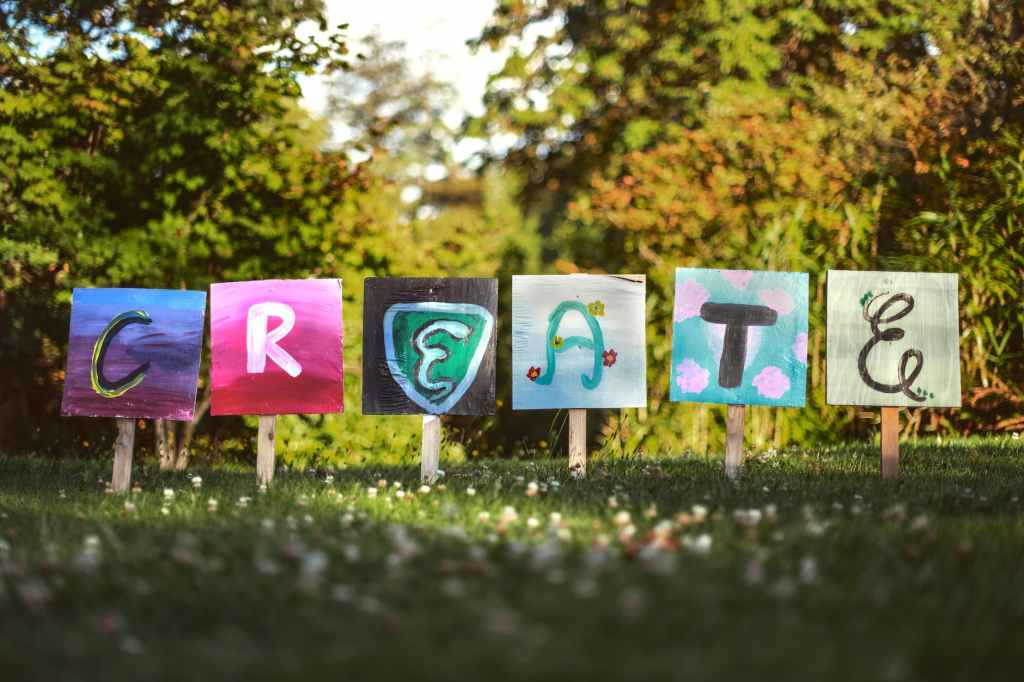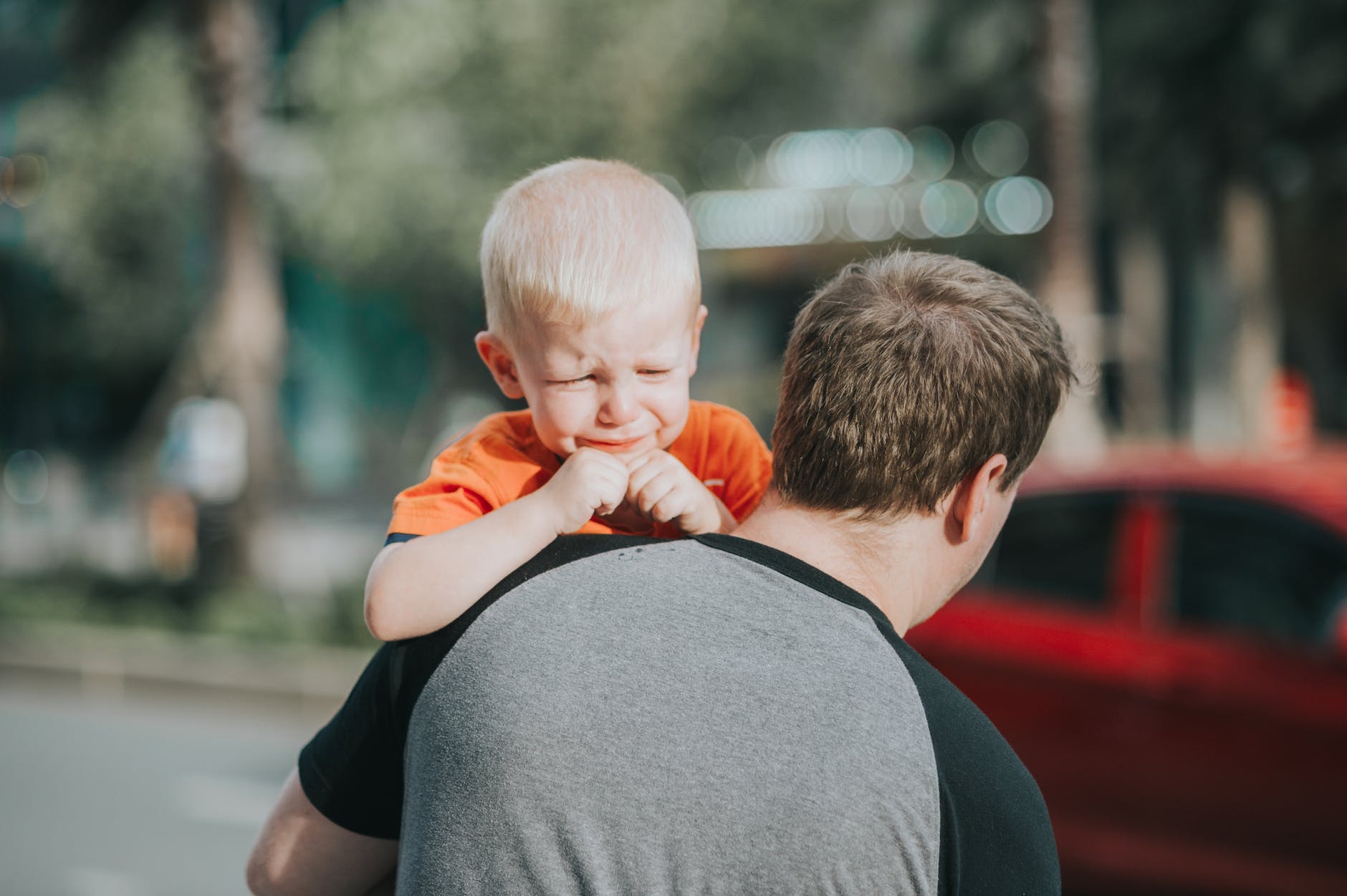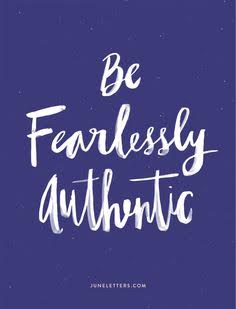By Jill Telford and Berna Artis
From the President to the stay at home mom or dad, everyone’s idea of “school” and “education” is different. I almost can hear you say “How, Berna? Education is education and school is where children, youth and people in general go to learn, better themselves so that they can get a good job and live a happy life.”

Yes and no. I wish it were that simple. In my opinion and based on my experiences, there are three types of schools:
1. Inspiring
2. Mediocre
3. Supressing and Depressing
Inspiring schools are about students. Their needs, interests, potential, creativity, personality, family dynamics, 360 degree development (as we say “the whole child”). School leadership and faculty put students’ well being in front of academics. Students are not numbers, they are people. In a data driven world, these schools are great because they balance these two needs instead of tipping the scale with one or the other.
There is another thing that takes place in these “inspiring schools”. Encouragement of higher level thinknig, thinking outside of the box. Conversation, dialogue and cooperation is encouraged not by a set of rules such as “raise your hand before you talk, raise your hand before you get up and walk”. Have you ever seen an adult raising his hand in a conference room? Yet, they can talk all one by one. There is almost this silent sign or code signaling “it’s my turn to talk”. Have you ever seen a person raising his or her hand to go to the other side of the room while the host or the speaker is talking? No. because they get up quietly, discreetly and mind their business. Why treat students like this when we are preparing them for the adult world and tell them “You must be successful at what you are doing out there”.

Students or learners are involved and engaged in their school planning. Projects, tagline for a competition, lessons, study subjects… Yes, of course there is a curriculum but there are ways to incorporate all these into the curriculum. Is there only one way to teach mixing colors in art? How about addition? Why not slice up an apple while teaching fractions? Does it have to be only 1 or 2 dimensional? No. 21st century schools are far better than that. If we do not have one type of learner then we cannot teach with one method.
Mediocre schools are neither here nor there. Teach according to the curriculum. Use a tourist approach as in “Black History Month. Let’s learn about Harriet Tubman. It’s April, let’s talk about recyling and talk about Earth Day”. Why not expand these throughout the year and stretch the subjects into every area of learning. Math, science, social studies, art, music…Why not encourage learners to think deeper and perform at higher levels by letting them absorb all the information in comparison to memorizing? Why rely upon tests so much? Why is a child nervous taking a test? Does this mean he doesnt know or is it only an issue of learning how to control feelings such as anxiety.

Supressing and depressing schools are the worst. They think “rigor” is awesome. Learners are like little soldiers. They are expected to be quiet unless the teacher asks them a question. They are required to move, talk, laugh IF the teacher gives permission. They are expected to act alike and behave alike. Leadership and faculty associates listening as in raising hand and keeping it quiet unless the teachers permits them, with learning and getting high test scores. Naturally every child is different. No matter what the expectations are, they cannot act alike and think alike all the time. They cannot have the same needs and understand the subject in the same way and within the same time period. What happens to these children? They get punished, isolated, pushed away, mocked and belittled. They get bullied by the teacher and of course later on by the classmates and schoolmates. Why not follow in the teachers’ footsteps? Trust me I have witnessed it. These children may eventually get kicked out of the school or held back a year or so. Because they are the “black sheep”. Why not follow the herd? What is so great about being an individual and adding your individual strengths and ideas to the learning environment? This is the thought. They set children up for failure.
Like Berna, I recognize how many have different perspectives when it comes to learning. While most may have a different idea of what education may be or look like what remains true is it’s purpose. A school’s purpose is to help and guide not punish and expel. A school adds onto a person’s character and brain not takes away. I rise to the challenge of math and will say with confidence that if a school works to take away problems as opposed to solving them then in the end nothing will be left. “What happens to the children who can’t sit still or are labeled as a problem or ADD/ADHD?” “Who is their voice?” When I think about schools, I think about what is inside…the meat of it. So often a child is labeled and removed in punitive ways. I equate this with removing a problem not solving it. Most of all, not helping the child to solve it. Often I think about the school to prison pipe line and why removing the “problem” is not the answer and what we can do to stop it.

They say you can tell a lot about a country by the way it treats its prisoners…I believe the same can be said for how a country treats its children. Invest money in our schools and education for high quality not in more jails. Invest in our children, families and educators. Education is supposed to be inspiring. It is meant to change lives and trajectories.

This is real. A real problem here in our country. We have to solve it and do the right thing for our children not pockets. This is how we break a cycle.
The return of investment is immeasurable when you invest in education.
It’s easier working and guiding children as opposed to fixing broken grown ups.

Education meaning the elements of literacy, the arts, math, the sciences, play and higher level thinking skills AND SO MUCH MORE are vital to keep our country thriving, alive and most of all moving forward and rolling.
Let’s follow the money and watch where it goes. The money is here. It’s being spent not to better schools such as Detroit’s and Scranton’s, it’s being used elsewhere. We need to come together as a community and nation to build each other up. Debt and bankruptcy should not be an option. Invest in our communities.
When you move out and go to someplace “better” what does that really solve? There is good and bad everywhere. We have to own our problems and do something about them. Removing a “problem” is not the answer. A child should never be labeled as bad or a problem. The behavior is a problem not the child. We are here to help solve problems by working together using positive guidance to help a child learn.

It comes down to our expectations and positive guidance. It comes down to doing the right thing for children who will later become our future grown ups. It’s about building partnerships with families and making them stronger and in return growing stronger from them as we all have something to learn from one another.
The thing is is that leaders already know the value of education and the return of investment as I am sure their children are in the best of the best of schools… We deserve these models of excellence. Every child deserves high quality and equity in a real education. We know what it looks like.
Every child deserves the kind of education that makes you think, dream, imagine, hope, create, advocate and speak, work together and most of all believe. But this kind of real schooling starts with us.

A school can be the most advanced, technologically savvy, have beautiful things but what matters most is what is ticking inside of it. The hum of the people within in it. Do they have children’s and families best interests at heart? Are they there to listen and understand? Do they care? Is it a neighborhood where you feel welcome and a part of it? Is it authentic? How is the learning and interraction happening? It’s people not things that make a school. This a strong foundation to build a school out of not brick and mortar.

































